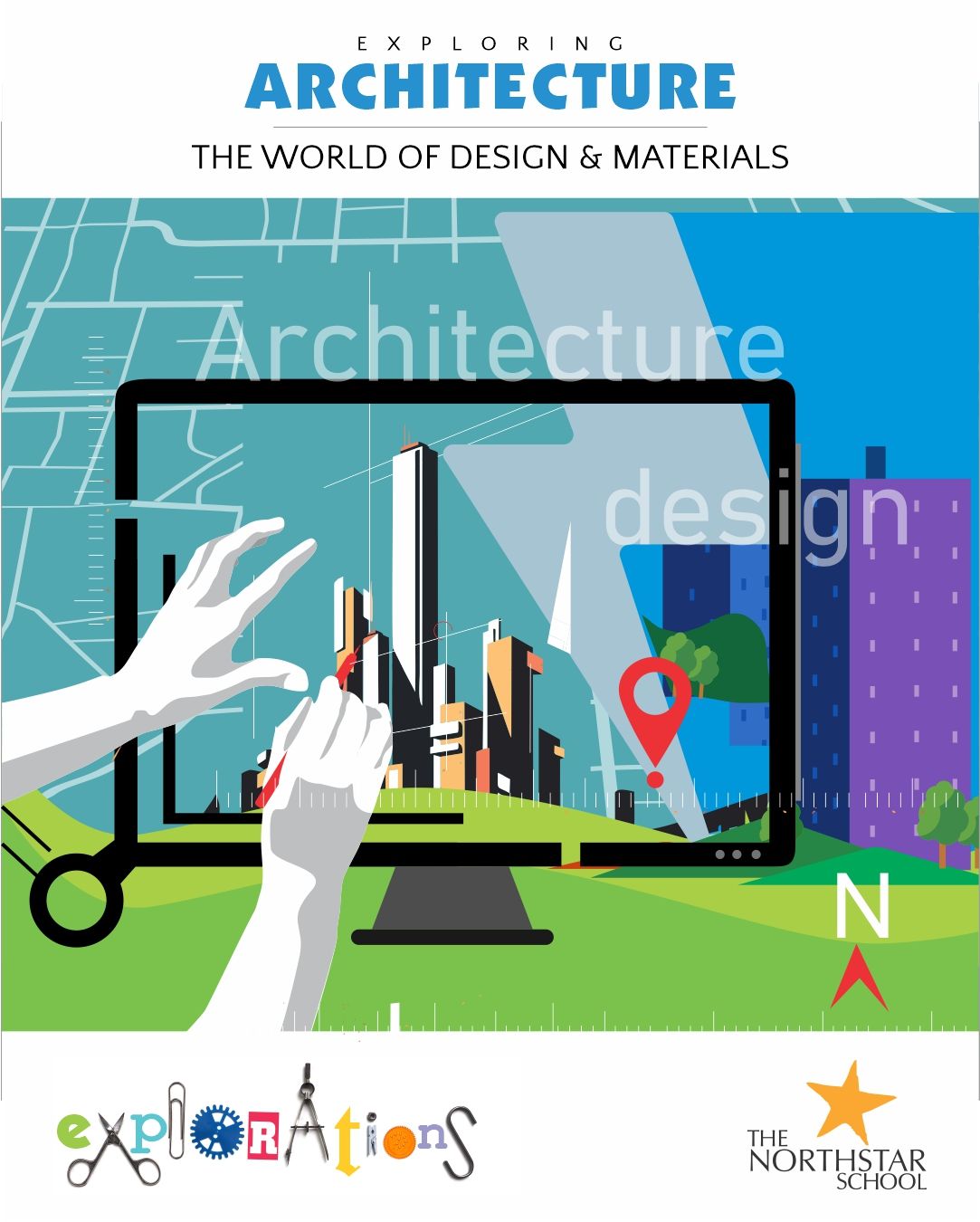Exploring Architecture

Architecture is designing buildings, open areas, communities, and other artificial constructions, usually with regard to aesthetic effect. It often includes design or selection of furnishings and decorations and supervision of construction work. Humans leave immortal echoes through using the media of language, art, knowledge and architecture. Which is why it is important for learners to learn and explore the world of Architecture - Design & Materials.
In the launch stage, our learners were shown different architectural structures of the world which they had to analyse considering various factors such as: purpose of the structure, materials used, man power required, location selected, budget given, etc. On the basis of above mentioned parameters learners were asked to prepare a report on building their own house leading to the learning assessment. It helped them to learn how we are affected on a practical and emotional level by the way a building appears in its context and by its interior environment.
The Deep Dive stage focused on ecological aspects referring to how buildings impact on the environment and surroundings. It can be positive and negative. Learners had to analyse and prepare reports on the key factors in the environmental aspect, economical aspect & sociological aspect. Northstar Explorations are about authentic learning, skills-based learning in a real-life context, demonstrating to the learners that their learning is connected, relevant, and can have an impact upon the world around them, as well as their future selves We had many experts who shared their knowledge with our Learners. Brinda Shah, a renowned architect, an expert in Vernacular Architecture and professor of architecture, and Tehmeena Panwala, her student and an architect herself, shared their views on local design and materials.
For the Coda stage, learners were introduced with the term Vernacular architecture. It is characterised by the use of local materials and knowledge, usually without the supervision of professional architects. Vernacular architecture represents the majority of buildings and settlements created in pre-industrial societies and includes a very wide range of buildings, building traditions, and methods of construction. Detailed discussion was undertaken with the learners giving many real life examples in the form of case studies such as Bhunga huts of Kutch. Learners explored articles, videos/movies, photos, powerpoint presentations, etc, on vernacular architecture from across the world. They also learnt to look to the future of design and how ideas can be created and implemented.


